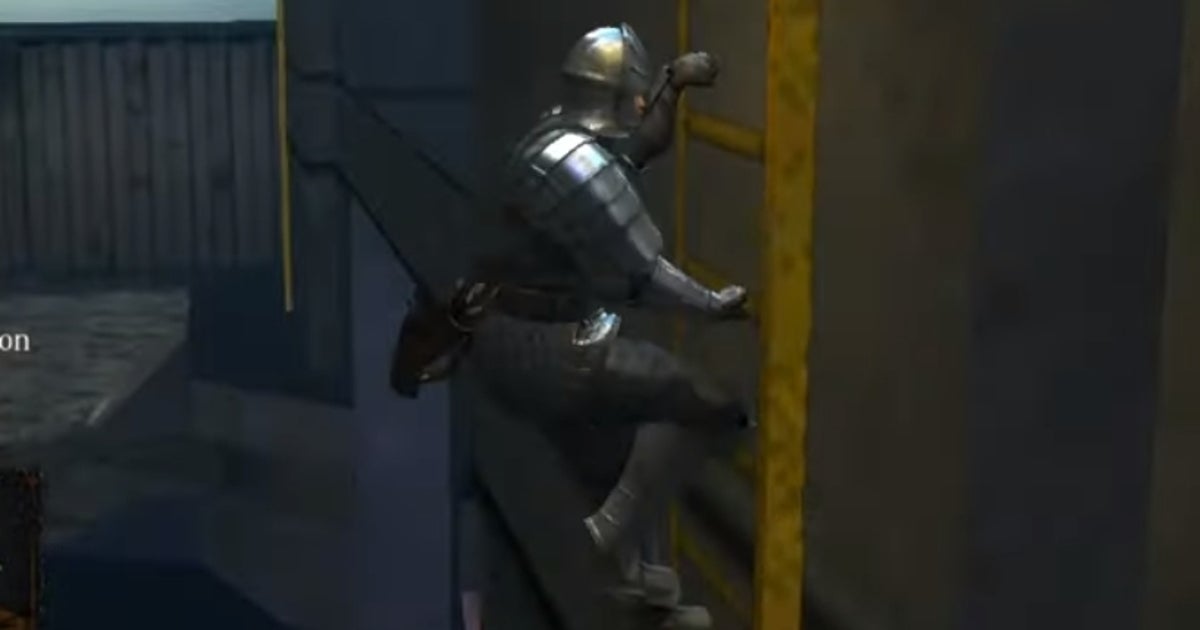Appreciate those additional points, well said! Yeah, I feel like KojiPro must have had their hands full, designing the irregular terrain, helping the player to read that terrain (with the Odradek Scanner), deciding on how Sam would interact with the irregularities of the terrain, designing methods to have Sam's enemies reliably navigate that terrain (the subject of a cancelled GDC talk, incidentally), etc.
Coming back to the original Tomb Raider, just to highlight some of the discussion from the above-mentioned LTTP thread, from 2018:
With regard to the "tangibility" point you raised:
From the Richard Moss podcast:
From searching a bit just now, on the topic:
You are really spoiling me here with these posts :)
Thanks once again, another engaging read.
I have never messed around with the Level Editor but it's always been in the back of my mind, and now I have a Gaming PC it's certainly something that's on my bucket list.
I've always thought in an ideal World all games would launch with a level editor, to be able to encourage vibrant modding communities and ensure a near-virtual endless tail for the games. Portal 2 is a wonderful modern example. I wish the Crash Bandicoot N Sane Trilogy had one. MGSV is another that would be beautiful with a level editor.
...Each room [in Classic TR] has two types of surface geometry — rendered and collisional. The former are what is seen, while the latter control how objects collide and interact with the world. Furthermore, these two types are specified separately in the room data — each type is completely independent of other, i. e. collisional geometry shouldn't exactly match visible room geometry. While this distinctive feature was never used in originals (collisional room "meshes" fully resembled visible room "meshes"), it is now extensively used by level editing community... /QUOTE]
Humble brag on my part, this sounds exactly like my comment of "Readability VS Tangibility" :P


